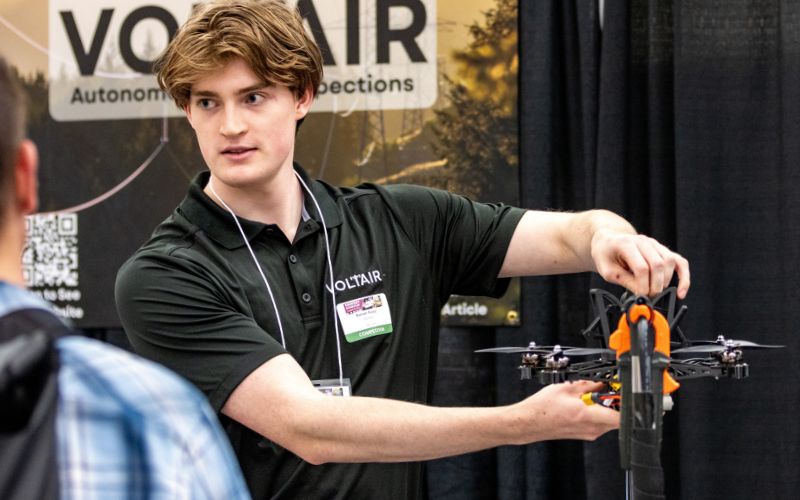💻 For the best experience, view this site on desktop
A Faster Inspection Service For Power Utilities
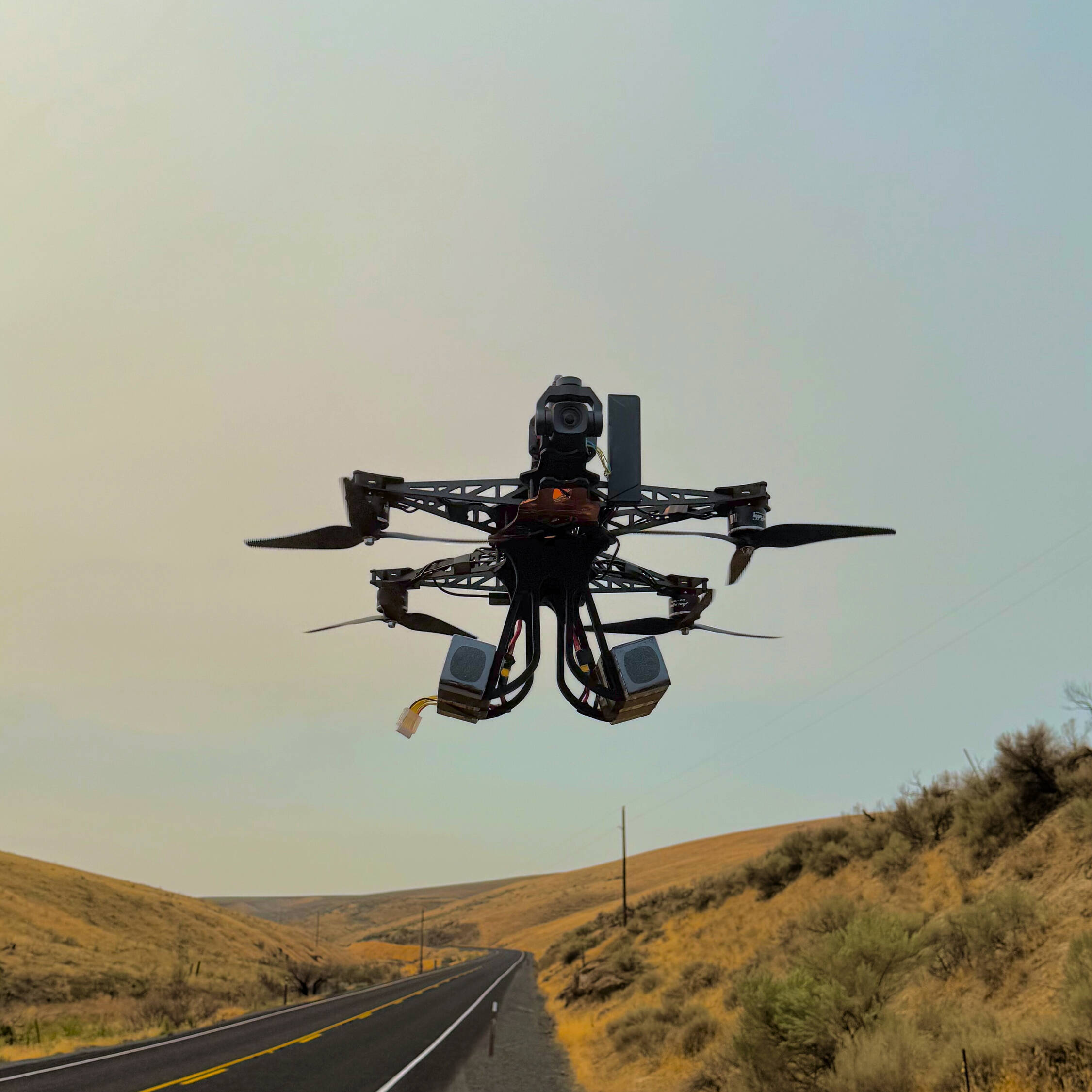
AI + Drone inspections accurately identify fault-prone issues, reducing O&M cost
An aerial vantage point unlocks 5× the accuracy compared to traditional ground-based inspections. Paired with AI models that automatically flag exceptions, we identify maintenance issues long before they cause faults.
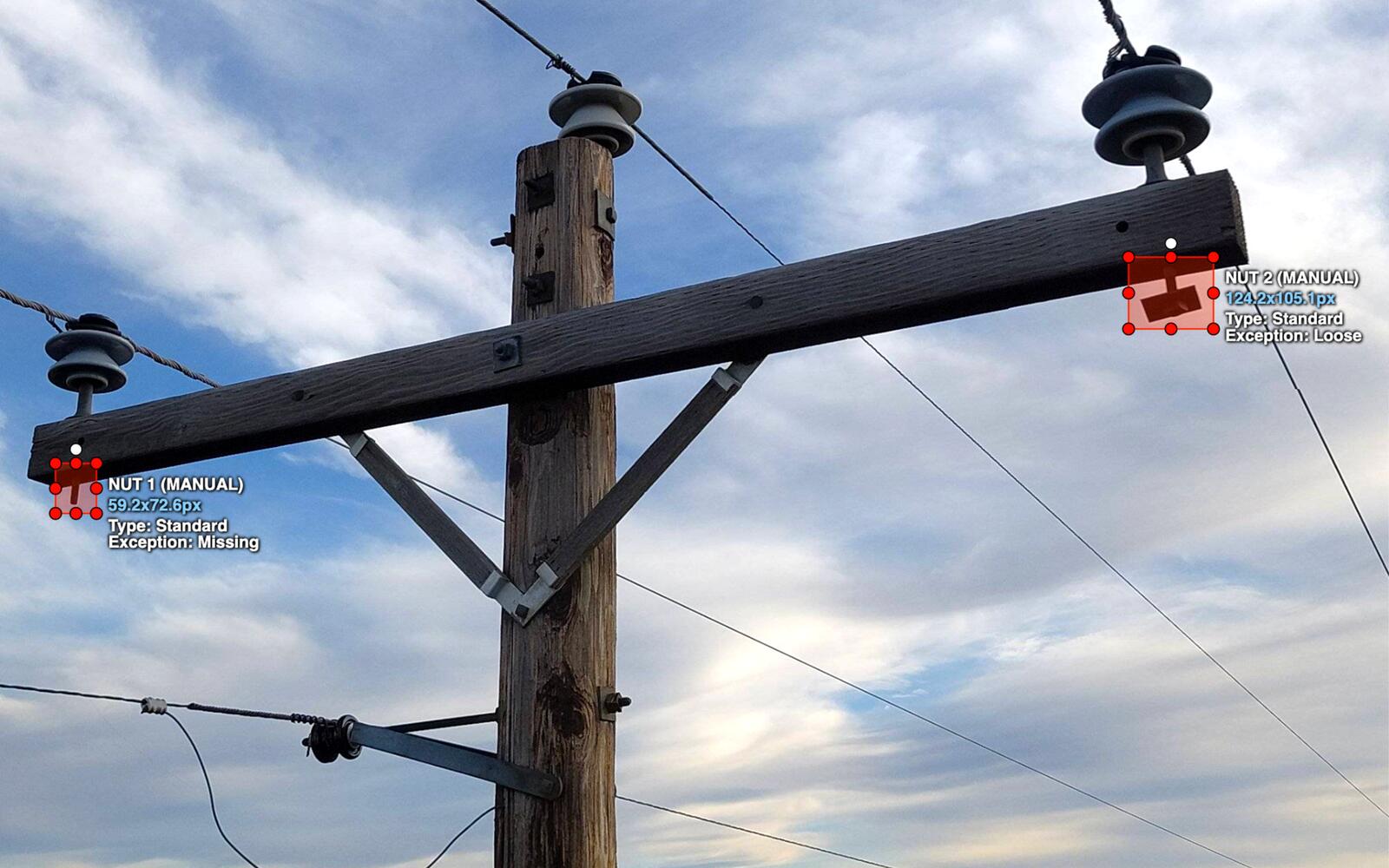
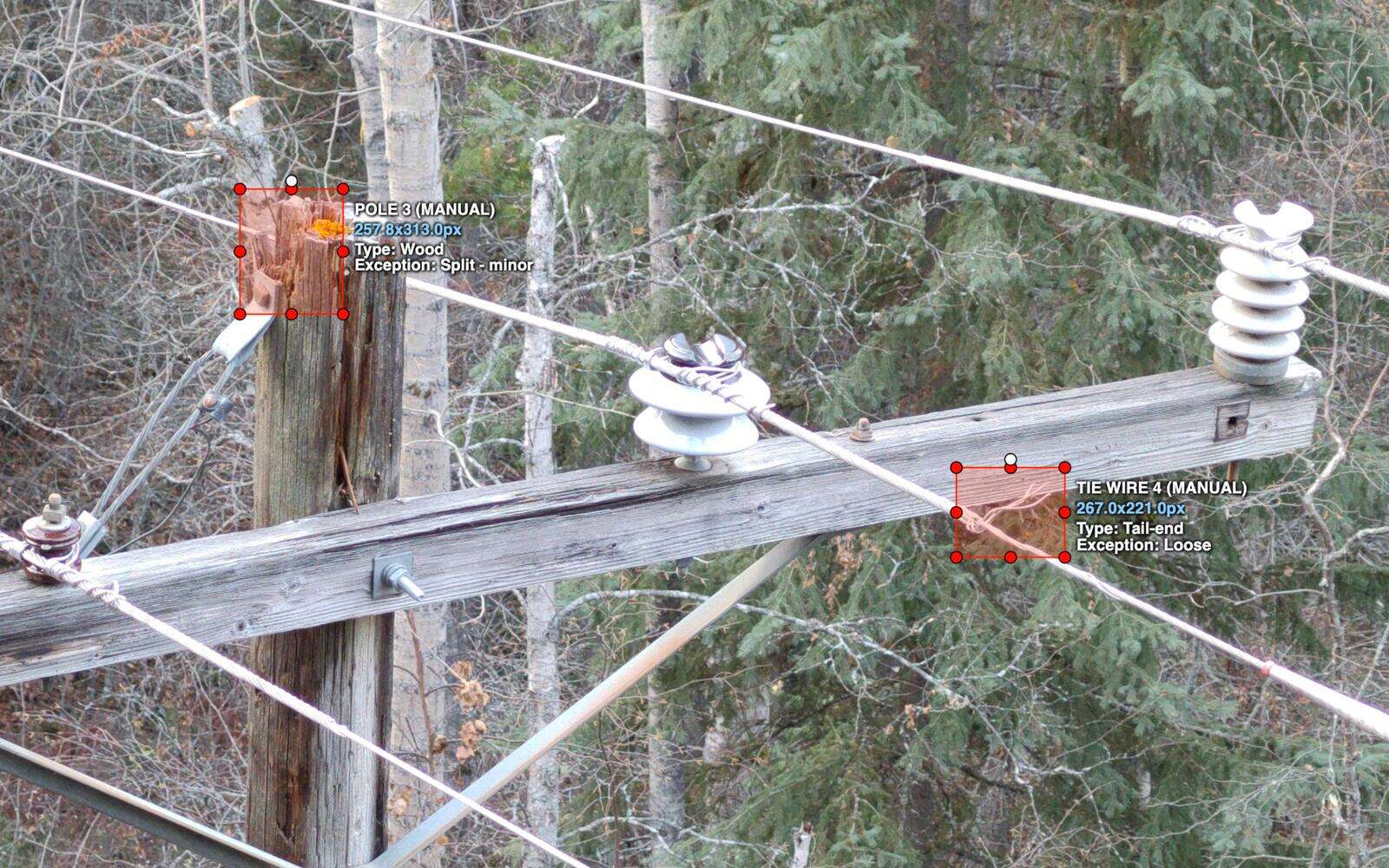
Drones keep linemen safe
With high-quality aerial imagery, we give linemen the situational awareness to assess field conditions in advance, always bring the right equipment, and resolve maintenance concerns quickly, reducing the time they spend near live voltage.
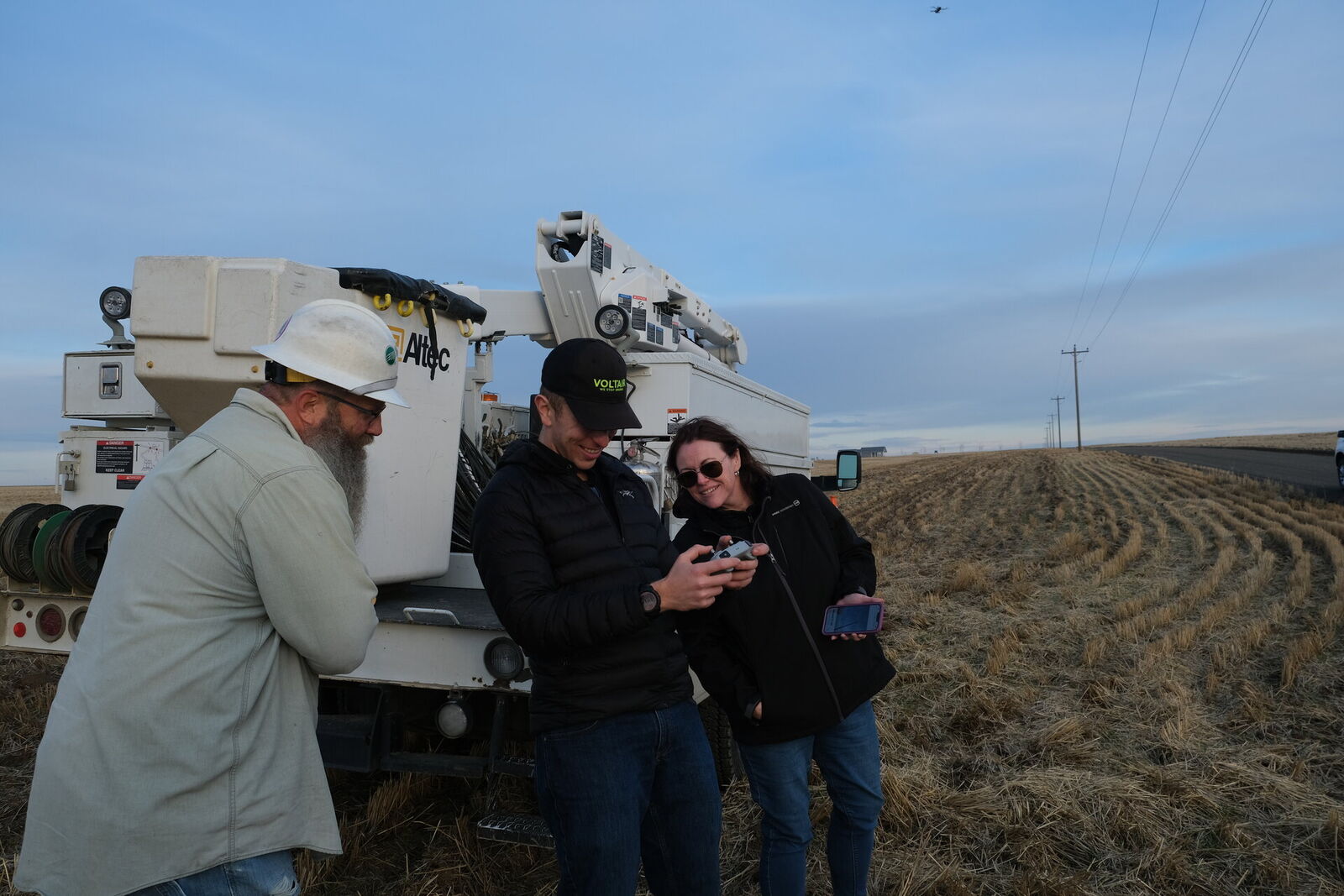
Inspect assets in the most inaccessible terrain across the US
Deploying drones with 12 miles of range from all-terrain vehicles enables our team to inspect the hardest to reach poles and conductors from any angle.
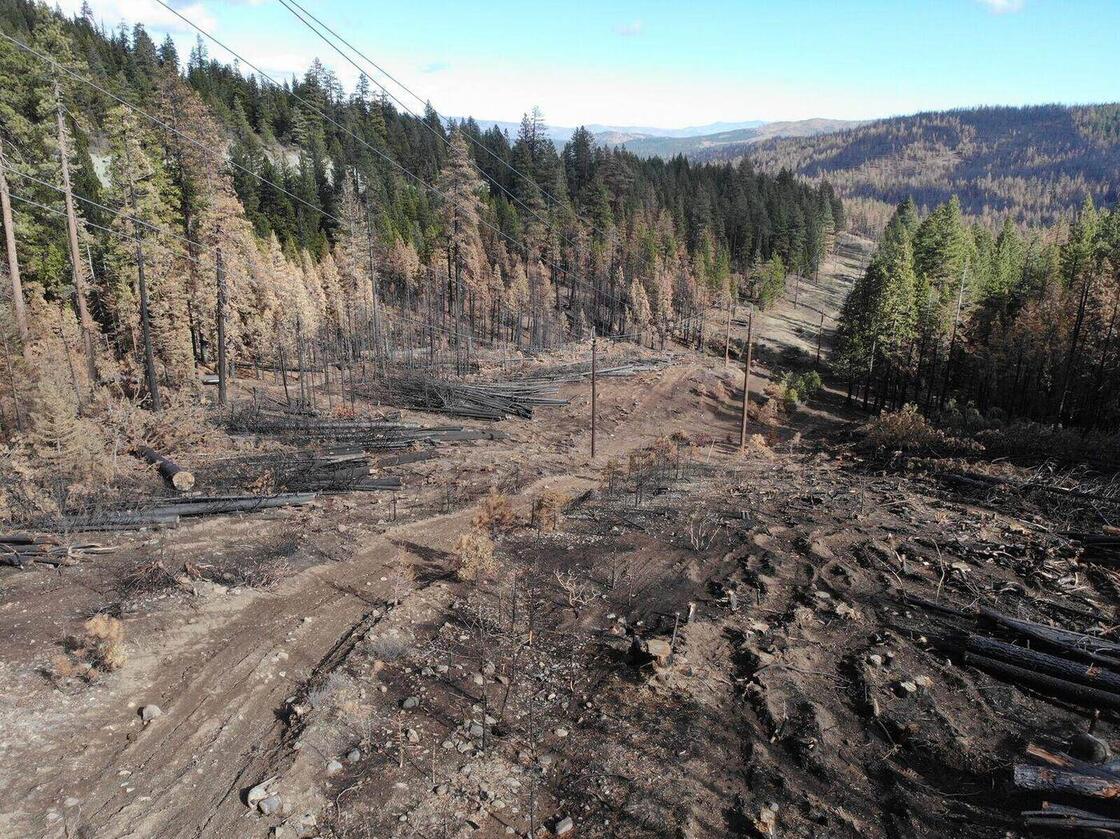
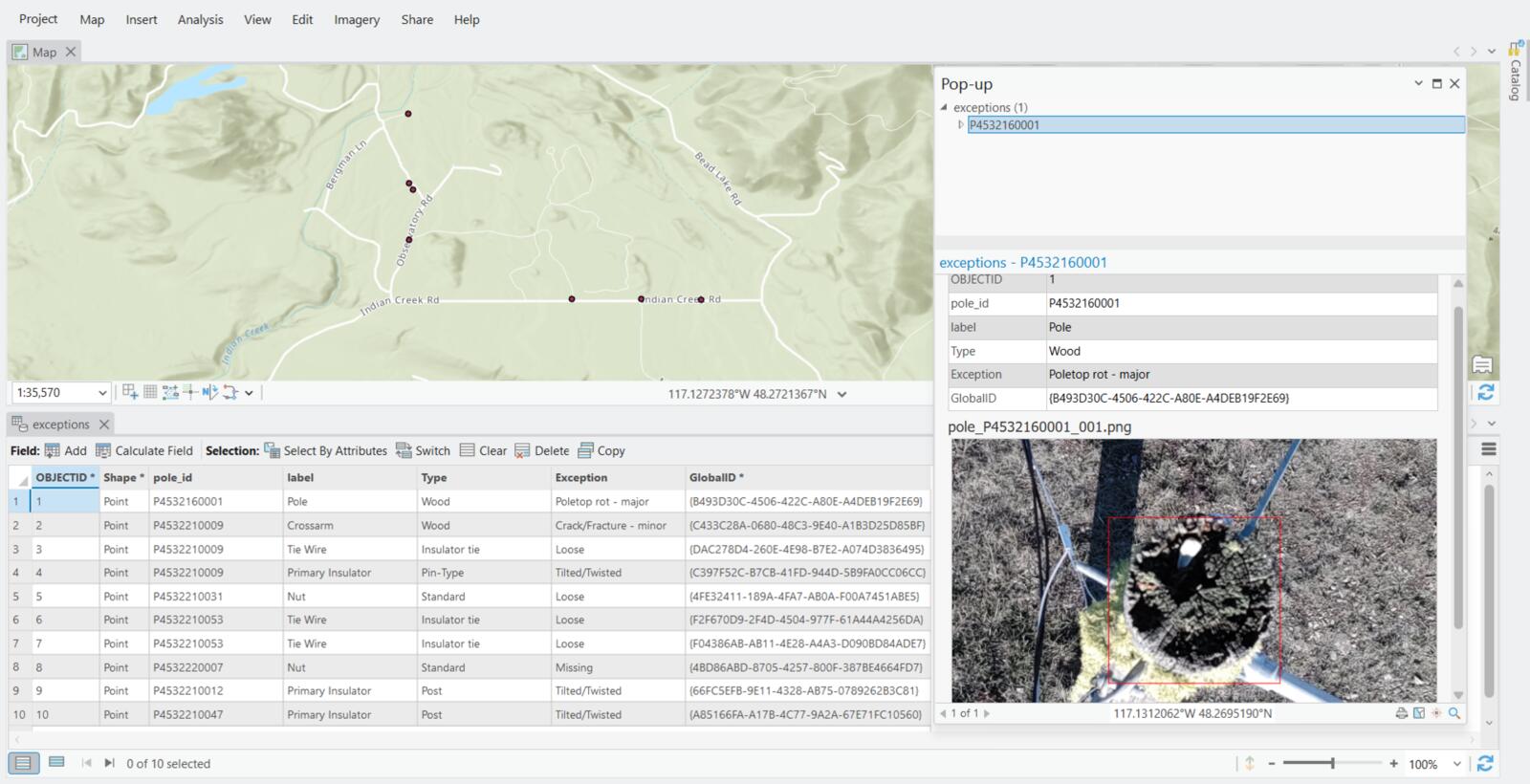
Insights delivered with ease
We provide inspection reports in PDF, CSV, or Shapefile formats, ready for download or integration into any GIS or work management platform.
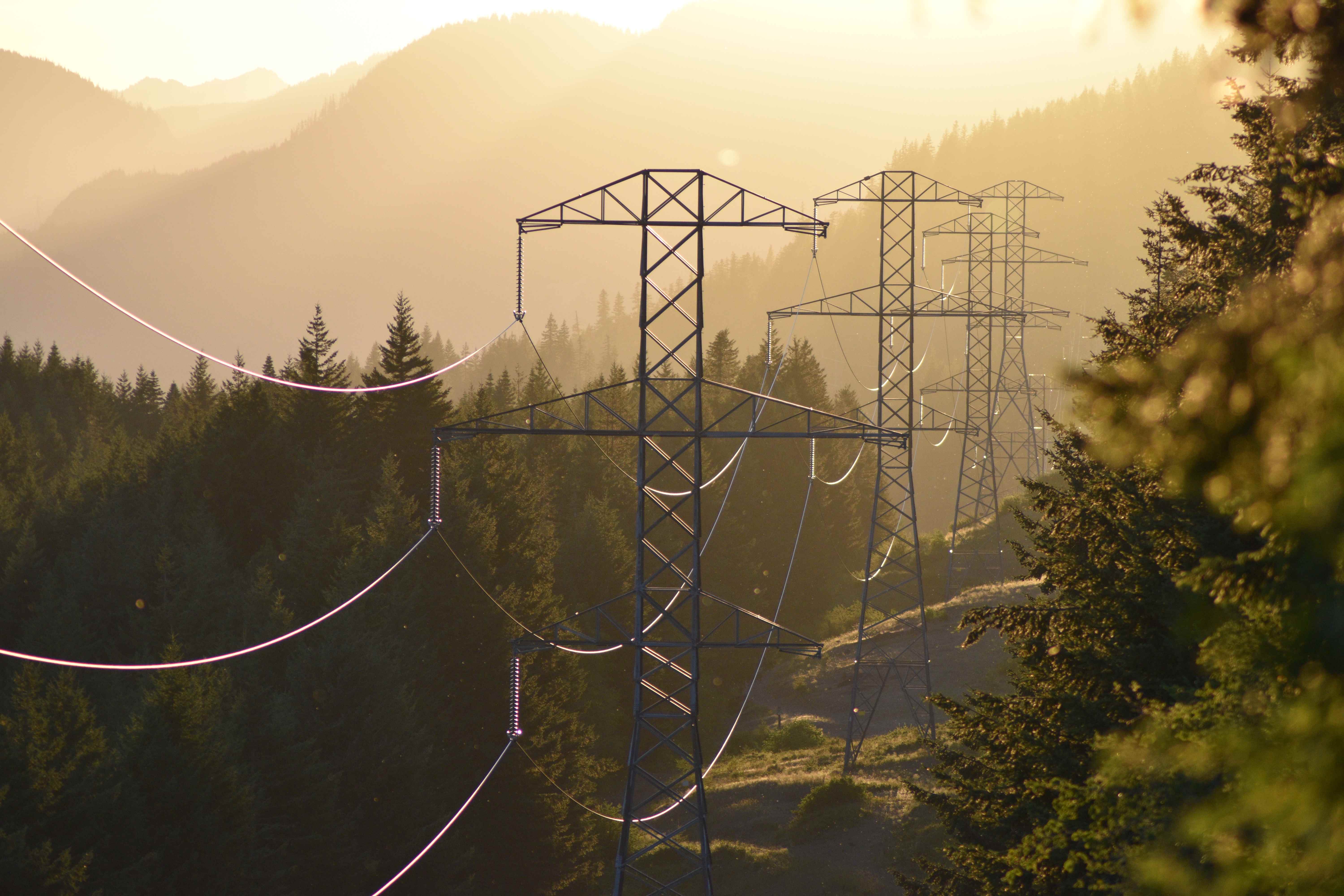
Contact Us
Schedule a meeting with our team to discuss how we can help with your inspection needs.
Tomorrow's drone inspections
Drones That Recharge From Powerlines
Coming soon in 2026
Our Research & Development
Removing battery swaps is the last step required to provide fully autonomous inspections of power lines.
In partnership with Big Bend Electric Cooperative, we're building autonomous, self-charging drones capable of inspecting power lines continuously by recharging on the very lines we're inspecting.
No drone-in-a-box. No docks. Just your power lines.
Charges on any voltage across transmission or distribution
Engineered, built, and deployed in America
Reliable Digital Twin
We could conduct regular inspections of at least 1350 miles per year with one drone living on the grid. End-to-end autonomy removes the need for truck rolls, delivering inspections at a fraction of the cost to cover more line-miles, more frequently, reducing wildfire risk.
Rapid Emergency Deployment
Upon any fault or system interruption, drones can be deployed instantly to any location, providing live photos and video to ensure linemen always have perfect situational awareness.
Pre-positioning for MEDs
In anticipation of a PSPS or other MEDs, drones can be pre-positioned in high risk areas ahead of time, using stored energy to provide continuous monitoring even after lines are de-energized. Being nearby, we’d rapidly conduct reenergization inspections, ensuring minimal system disruptions.
Help America's Linemen Keep the Lights On
We are an all-American company based out of Washington State, committed to supporting small, rural power utilities and their linemen to always know the status of their vast networks. By identifying maintenance issues, we aim to save costs, reduce wildfire risk, and simply help keep the lights on.


